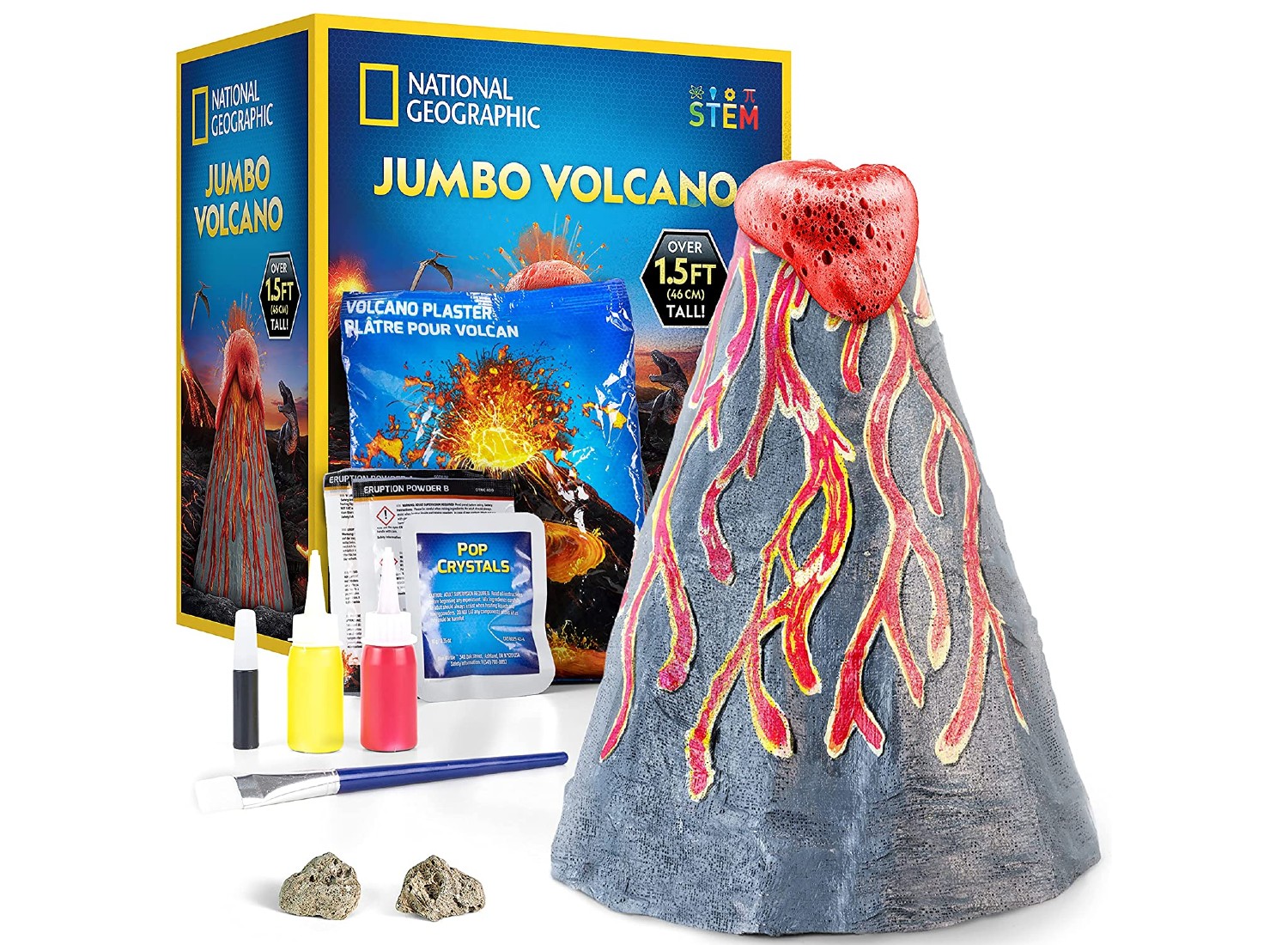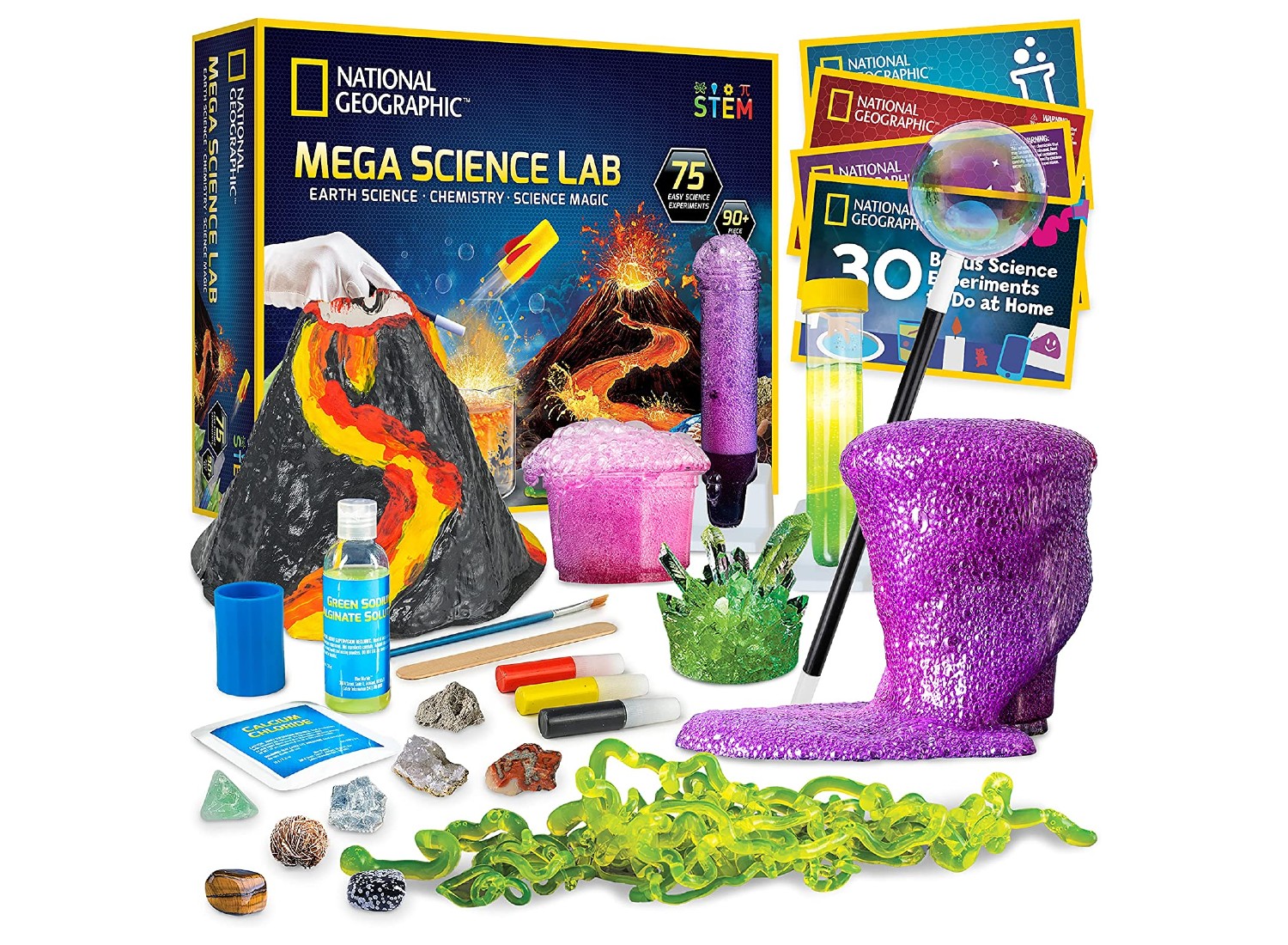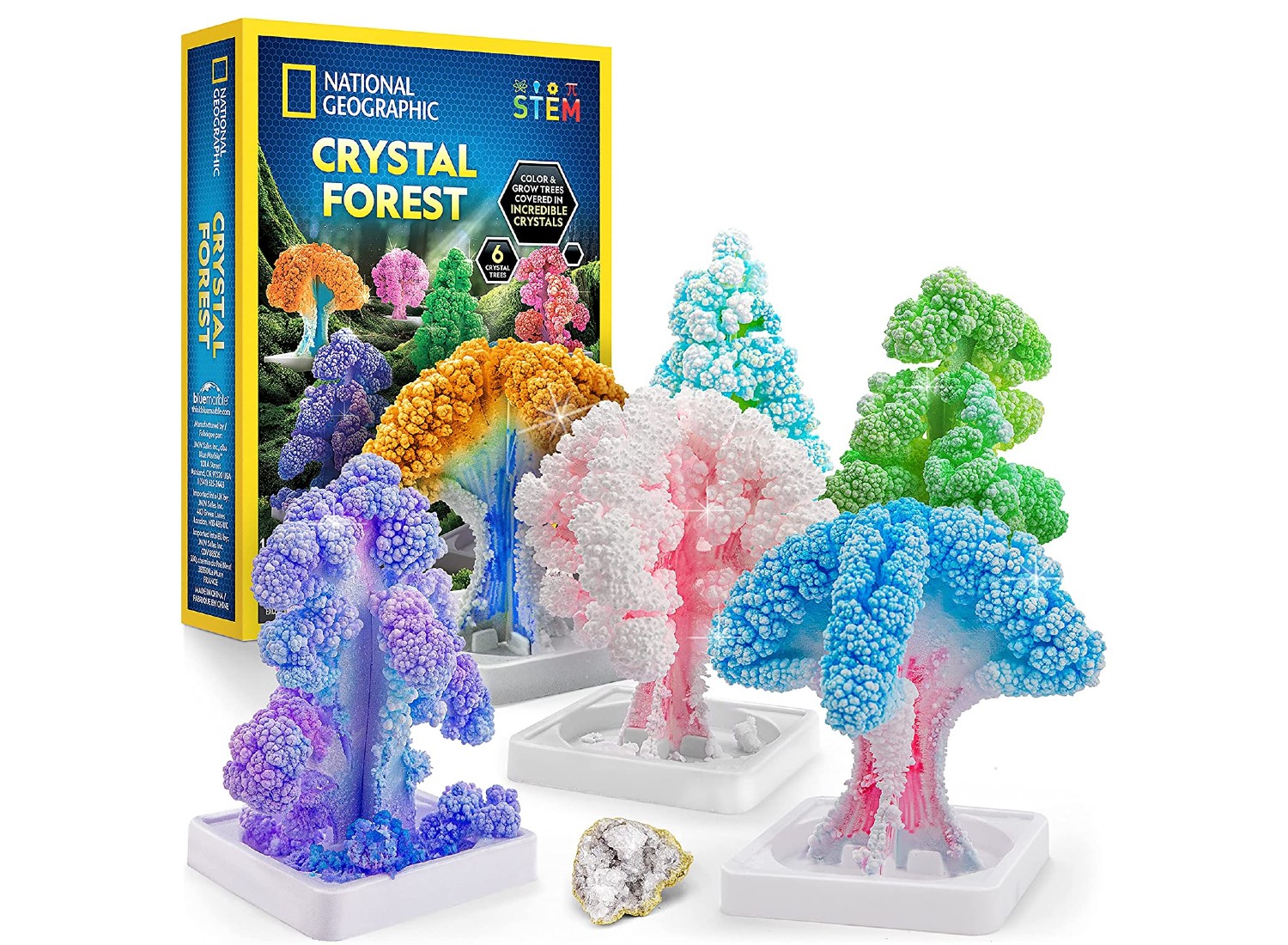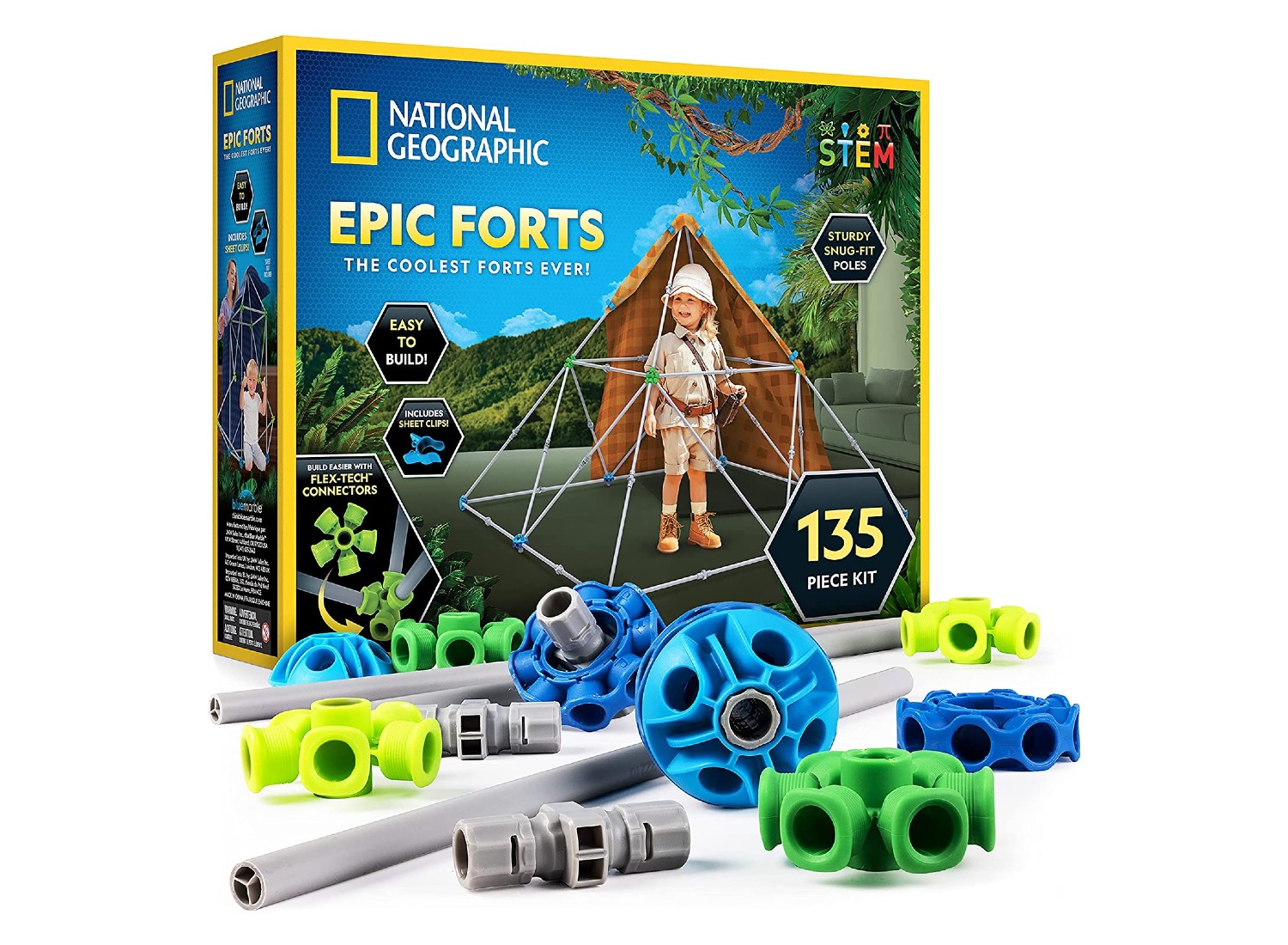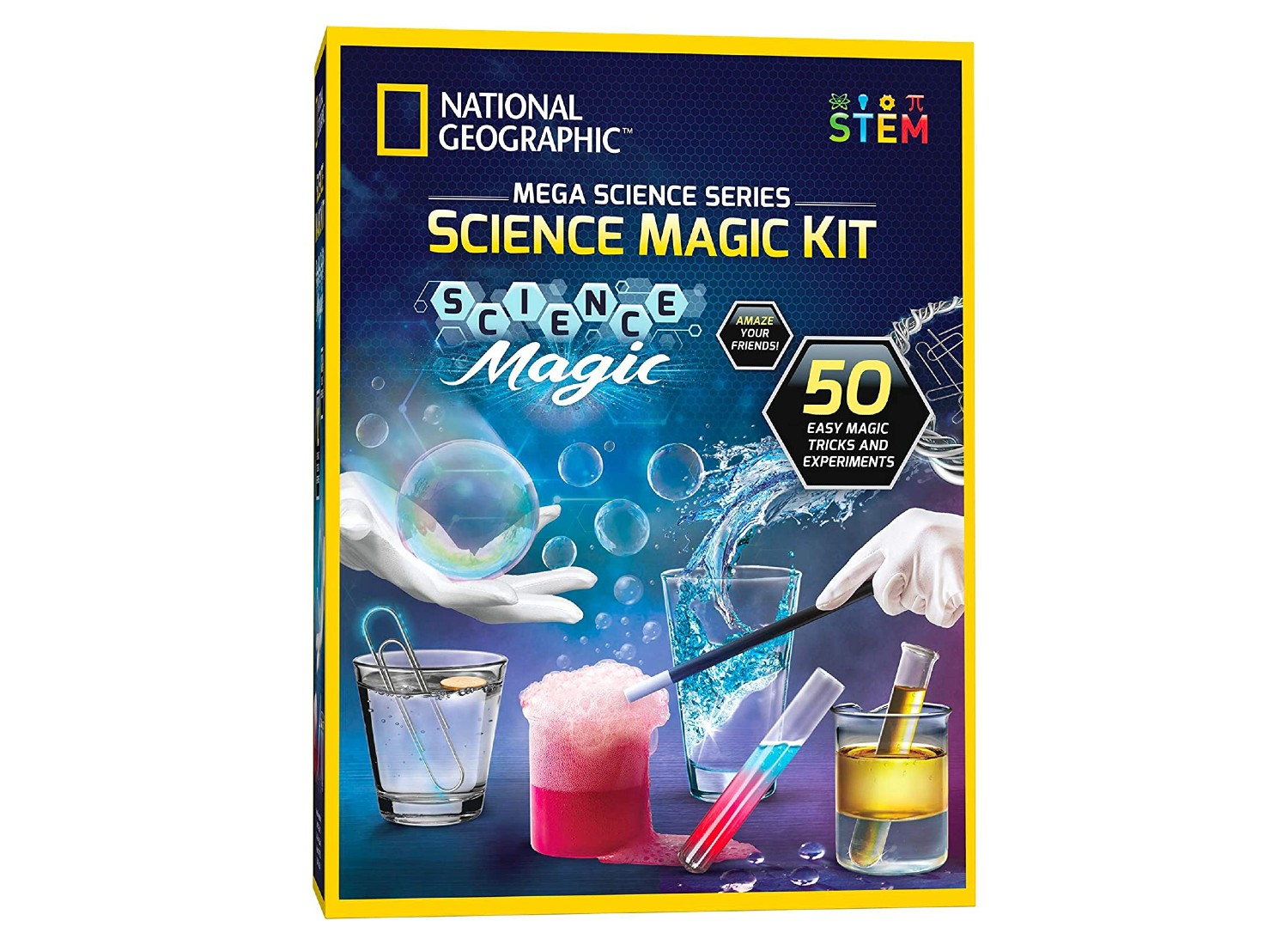Make Learning Fun With the Best National Geographic Science Kits
Let’s face it, science can be a lot of work. It’s hard to make science fun and engaging for kids, especially when it’s something they have to study in school. But, with the right tools and materials, learning can be a blast! That’s why we’re big fans of National Geographic science kits.
These kits are designed to make learning science fun and stimulating, and they’re perfect for kids of all ages. And, to make finding a good product less of a hassle, we’ve rounded up our picks for the top National Geographic science kits of 2024. With these kits, your child can explore everything from plants and animals to physics and space travel. Let’s check them out!
Buying Guide: National Geographic Science Kits
If you’re looking for a way to make learning fun for your kid, you can’t go wrong with a National Geographic Science kit. But, when it comes to buying one of these kits, there are many factors to consider. With so many different products on the market, it can be difficult to know which one is right for you! Luckily, this buyer’s guide will help you make an informed decision when it comes to selecting the perfect National Geographic science kit.
What To Consider in a National Geographic Science Kit
Age group
The age group of the kit’s target audience is important to consider when making your decision. National Geographic science kits come in different varieties such as toddler kits, preschooler kits, and those designed for school-age children. Be sure to read through the product description carefully and double-check the recommended age range. Also, a good rule of thumb is to consider the activity’s complexity and how much supervision is required by an adult.
Educational content
What kind of educational content does the kit provide? Will it help with understanding concepts more clearly or will it provide a deeper dive into real-world science applications? A comprehensive kit will usually have activities that promote both scientific knowledge and creative thinking skills, allowing learners to explore and discover new possibilities.
Quality of materials
It’s important to note that not all National Geographic science kits are created equal when it comes to materials. Before you purchase a kit, make sure to thoroughly examine the contents and materials, and then determine if the quality meets your expectations. Consider looking for kits made with non-toxic materials or even organic ingredients if necessary. It’s always a good idea to go for materials such as non-toxic paints, durable plastics, and safe chemicals, among others.
Easy-to-follow instructions
Clear, easy-to-follow instructions are essential for getting the most out of any science experiment or activity set. Make sure to read through any instruction booklet that comes with the kit to set up activities correctly and ensure all necessary materials are included before beginning an experiment.
Hands-on experience
National Geographic science kits that feature hands-on activities are great because they provide an immersive experience while teaching scientific concepts and principles. Look for kits with fun experiments or activities that your child can do themselves instead of just reading or watching video tutorials or lectures.
Science skills developed
When selecting a National Geographic science kit it’s important to consider which skills are developed while using it. For example, some kits focus more on creative problem-solving, while others foster an understanding of complex scientific concepts such as Newtonian mechanics or quantum physics.
Size and packaging
Size matters when it comes to storage space or portability if you plan on taking your science kit away from home, whether it’s in the backyard or on vacation. Also, look for a kit packaged securely to protect against physical damage as well as any wear-and-tear over time from being moved around frequently from place to place.
Comparing Our Favorite National Geographic Science Kit in 2024
National Geographic Jumbo Volcano Kit – Best Overall
The National Geographic Jumbo Volcano Kit is the perfect present for any youngster interested in earth science. Ideal for the science fair, this kit comes with everything necessary to build and erupt a model of an 18-inch giant volcano, such as a plaster mix and tint, two paint colors, a paintbrush, and more. It also includes genuine geode and pumice specimens to further ignite your child’s curiosity and enthusiasm for science.
Best of all, this National Geographic science kit’s set-up process is easy to follow and can be completed with minimal adult assistance. Kids will love watching their creations come to life as they layer the plaster wrap over the frame and add plaster. Once dry, they can create their own unique masterpiece by adding paints to the volcano. To go even further with the fun, three packets of eruption powder are provided, along with pop crystals that add incredible crackling sounds for an even bigger eruption show from this best overall kit.
Pros
- Fun for kids of all ages
- Comes with three packets to create volcanoes
- Easy to build and paint
- Great for school science projects
Cons
- Making it is pretty messy
National Geographic Mega Science Lab – Most Features
The National Geographic Mega Science Lab is an all-inclusive science kit bundle, featuring three science kits and 75 experiments. This bundle contains all essential supplies for Earth science, chemistry, and science magic activities for kids. Not only does this kit contain 45 of the most popular experiments, but it also comes with a bonus guide of 30 additional experiments that can be done with common household items.
Exploring Earth science is easy with this National Geographic science kit. Kids can build and erupt a volcano with the supplied materials, observe natural phenomena such as growing a glow-in-the-dark crystal, and even dig up a real fossil! The included rock, mineral, and crystal specimens are perfect for creating collections, or simply engaging in learning and exploration.
Pros
- Clear, easy-to-follow instructions
- All items needed for experiments included
- Great for children of multiple ages
- A fun way to introduce STEM concepts
Cons
- Experiments can be messy
- May be missing items
National Geographic Crystal Growing Kit – Best Value
The National Geographic Crystal Growing Kit is an entertaining and educational way to engage kids ages 8 and up in the wonders of the natural world. With this kit, budding scientists can watch as crystals start to grow within minutes from the branches of the included trees. In just six hours, these trees will be fully covered in their sparkling wonder!
This National Geographic science kit encourages children to explore the colors of nature by using the five watercolor pens provided to color each tree any way they choose. They’ll be able to see how the colors are absorbed and how the crystals grow in the colors they have chosen.
Pros
- Directions are straightforward
- Quick visible results
- Great for kids ages 8 or older
- Crystal forest learning guide included
Cons
- Adult supervision is required
- Markers don’t last long enough
National Geographic Science Kit – Longest Lasting
The National Geographic Science Kit is perfect for children who love to create and play. With 135 flexible pieces, kids can design their own epic fortresses in any shape or size, like tents, castles, or even domes! The sturdy poles have two different lengths and are designed to work with the Flex-Tech hubs to keep everything connected. Each kit comes with six clips that make it easy to cover the structure with a blanket or sheet.
Building forts has never been easier or more fun! The included building guide offers step-by-step instructions for building a pyramid and an airplane, giving kids the confidence to build their own fort designs. Kids will love exploring their creative side as they construct their own unique structures. Every piece of the National Geographic Science Kit is made from premium-quality materials that won’t easily warp or break. This longevity means the fun can last for years and the kit can grow with your kids as they learn new building techniques.
Pros
- Create unique structures
- Great for two kids
- Easy to assemble
Cons
- Not for younger children
National Geographic Science Magic Kit – Best Science Magic Kit
With over 50 pieces, National Geographic’s Science Magic Kit provides a unique set of experiments that can be used to perform 20 different magic tricks, making science learning and exploration both fun and entertaining. The kit comes with two different guides — one for setting up and performing the magic tricks and another for additional experiments that use common household items. This allows kids to experiment beyond the included materials and provides further insight into the scientific principles that the kit explores.
Additionally, the directions are written in a kid-friendly manner and include illustrations to assist in the set-up process, as well as provide information about techniques used by scientists. Each experiment in this National Geographic science kit has been designed specifically to be conducted as a magic trick, with the added benefit of teaching children about science as they go along!
Pros
- Excellent educational value
- Explains the science behind each trick
- Encourages imagination and play
Cons
- Experiments do not live up to the photos
People Also Asked
A: Yes, each kit includes photos and descriptions of its components, so you can preview what's included before you buy it. Reviews from past customers are also available online to give you insight into a kit’s quality.
A: Most of the experiments included in National Geographic science kits can be completed with just items included in the kit. That said, some experiments may require additional tools or supplies to complete them successfully — these can usually be purchased separately at any hardware store or online if needed.
A: National Geographic has a variety of science kits available. Some of these kits include geology and paleontology kits, chemistry sets, exploration and discovery kits, weather experiments, backyard safaris, and human anatomy sets.
A: Each National Geographic science kit includes different components depending on the type of kit chosen. Most of them include several experiments with supplies and materials such as magnifying glasses, tweezers, slides, and other materials needed for the experiment or project. Plus, most kits also include an educational booklet explaining the experiment or project with step-by-step instructions on how to conduct it successfully.
A: There are numerous educational benefits associated with using these kits. The experiments allow children to explore science concepts in a hands-on way, which encourages learning and creativity. By completing experiments, children can gain experience conducting scientific research, helping them develop critical thinking skills and problem-solving methods. Adding to that, choosing a kit specific to a child’s interests helps engage them by providing them with a fun and interesting learning experience.
A: The time it takes to complete an experiment or project using a National Geographic science kit varies depending on the complexity of the experiment and the age of the user. Generally, though, it takes around 30 minutes to one hour to complete an experiment or project.
A: Yes, all National Geographic science kits come with safety instructions that must be followed when completing experiments or projects. Plus all experiments use non-toxic materials, so they are safe for children to use under adult supervision.
A: Yes, most National Geographic science kits come with activity cards that suggest ideas for related activities that can be done after completing an experiment from the kit. These activities extend learning beyond just the experiment itself.
A: Yes, there is usually a website listed on each kit that provides information regarding replacement parts if they’re needed to complete an experiment or project.
